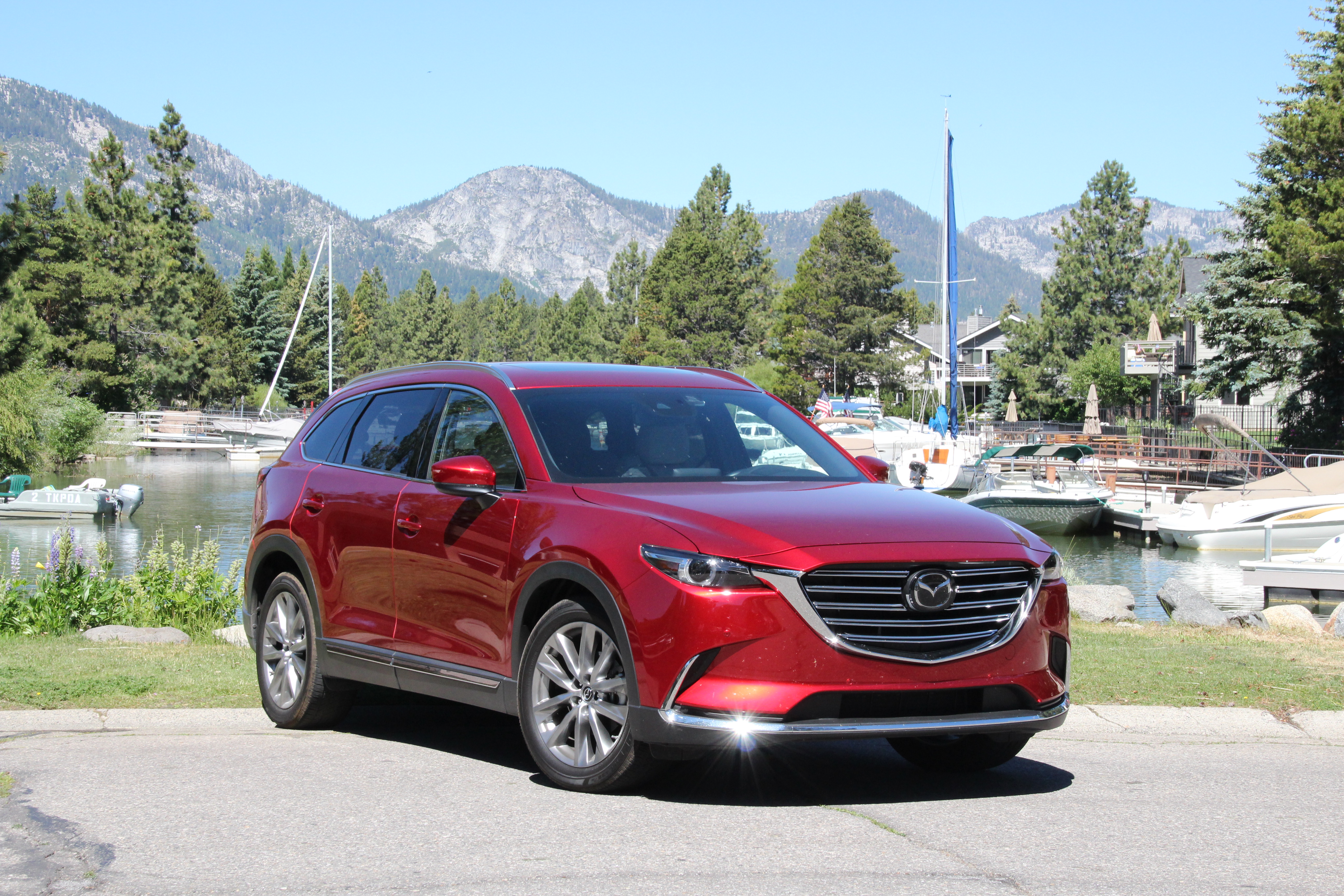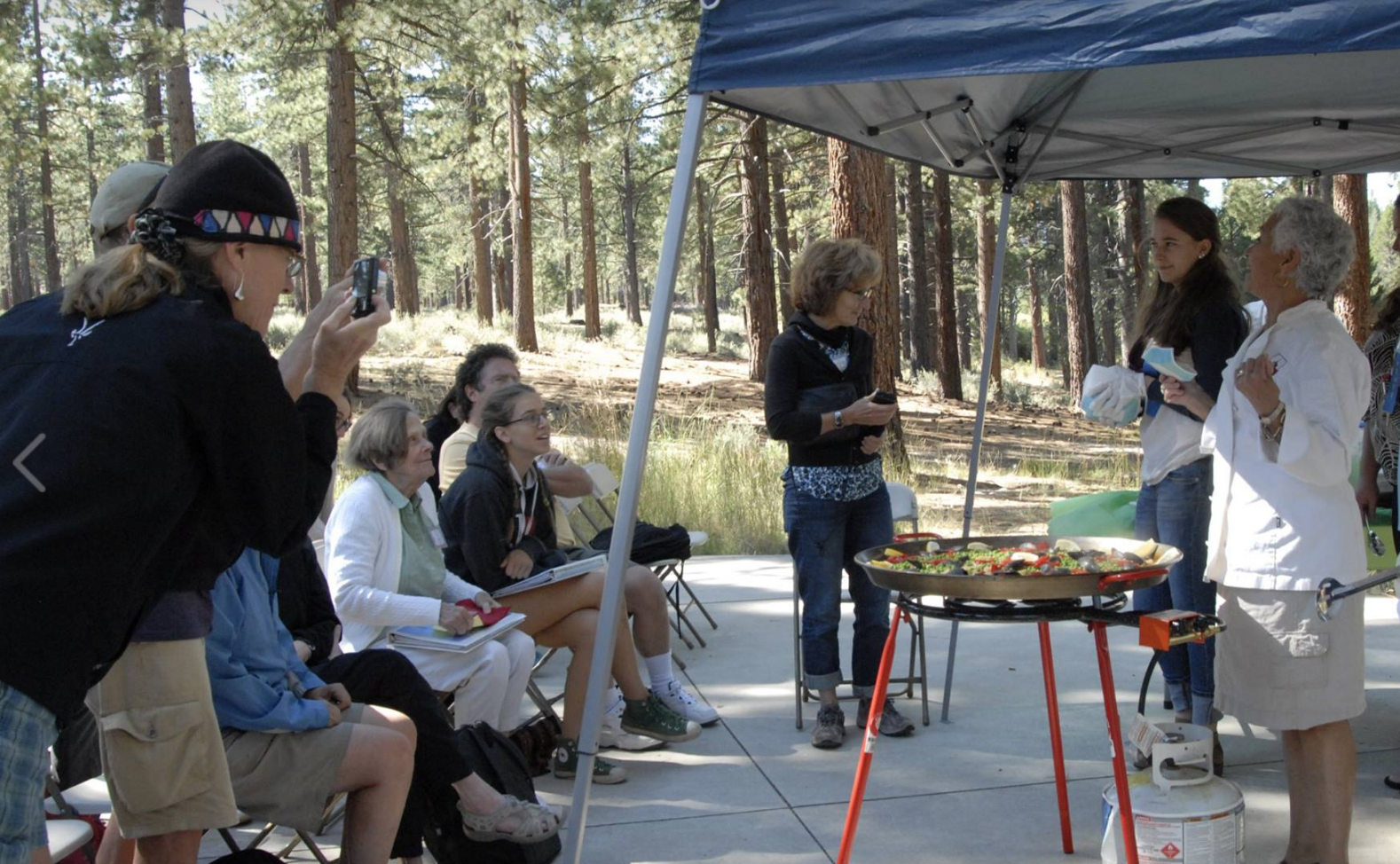K’s Kitchen: French dip without the meat
By Kathryn Reed
I’m guessing the last time I had a French dip sandwich was when I lived under the roof of my parents’ house. That’s what happens when you become a vegetarian.
It’s amazing how portabella mushrooms can be such a wonderful substitute for beef. I’m not sure why it took so long to figure out this would work well.
Sandwiches are something I tend to eat more of in the summer than winter, but this is so hearty that I can see making it year-round.
Be aware that regular Worcestershire sauce has anchovies. There are vegan varieties available.
I bought the mushrooms presliced to make things easier.
To have the sandwiches all done at once it will be best to put them under the broiler to melt the cheese. I only made two and just zapped them in the microwave. Swiss is the traditional cheese used on French dip, but you could use something else. I would stick with a white cheese, though.
 Mushroom French Dip Sandwiches
Mushroom French Dip Sandwiches
· 2 tsps unsalted butter
· 2½ T olive oil, divided
· 2 large yellow onions, vertically sliced
· ¼ tsp kosher salt
· 1¼ lbs portabello mushroom caps, gills removed, sliced into strips
· ¾ C vegetable broth
· 1/3 C dry sherry
· 1 T vegetarian Worcestershire sauce
· 2 tsp chopped fresh thyme
· 1 tsp soy sauce
· ¼ tsp black pepper
· 2 T Dijon mustard
· ½ tsp horseradish
· 4 hoagie rolls
· 4 slices ultra-thin Swiss cheese
Heat butter and 1½ teaspoons of oil in a large skillet over medium. Lower heat to medium-low, cooking until golden. Then add salt, stir.
Heat 1 tablespoon of the oil in a separate large skillet over medium-high. Arrange half of the mushrooms in skillet in a single layer and cook until golden-brown on both sides. Place mushrooms in a bowl. Repeat process with remaining 1 tablespoon oil and half of mushrooms.
Combine all mushrooms in pan, add broth, sherry, Worcestershire sauce, thyme, soy sauce, and pepper. Bring mixture to a boil; reduce to a simmer; cook 5 minutes.
Combine mustard and horseradish. Spread on top halves of rolls.
Divide mushrooms onto bottom half of rolls. Pour au jus into four ramekins.
Preheat broiler to high. Divide onions onto mushrooms, then cover with cheese. Place on baking sheet, broil until cheese melts. Serve with au jus.



